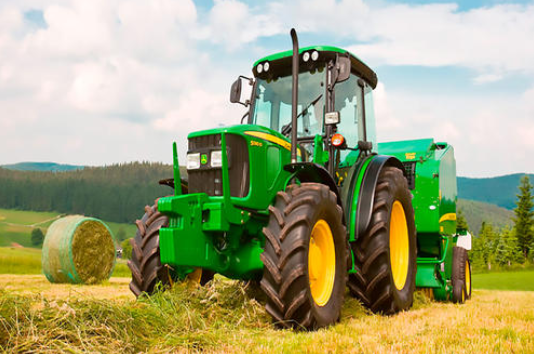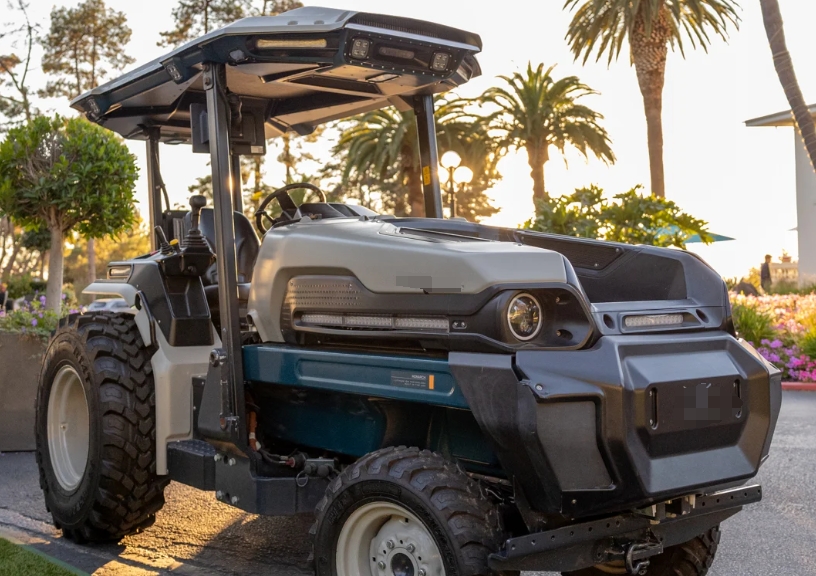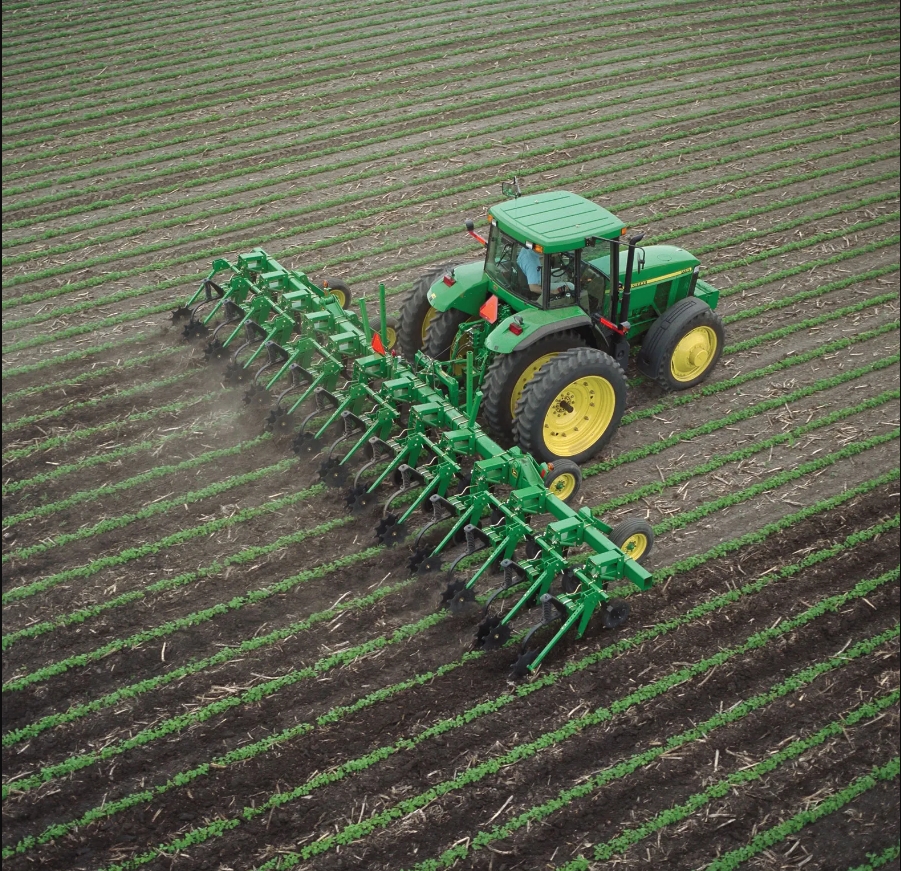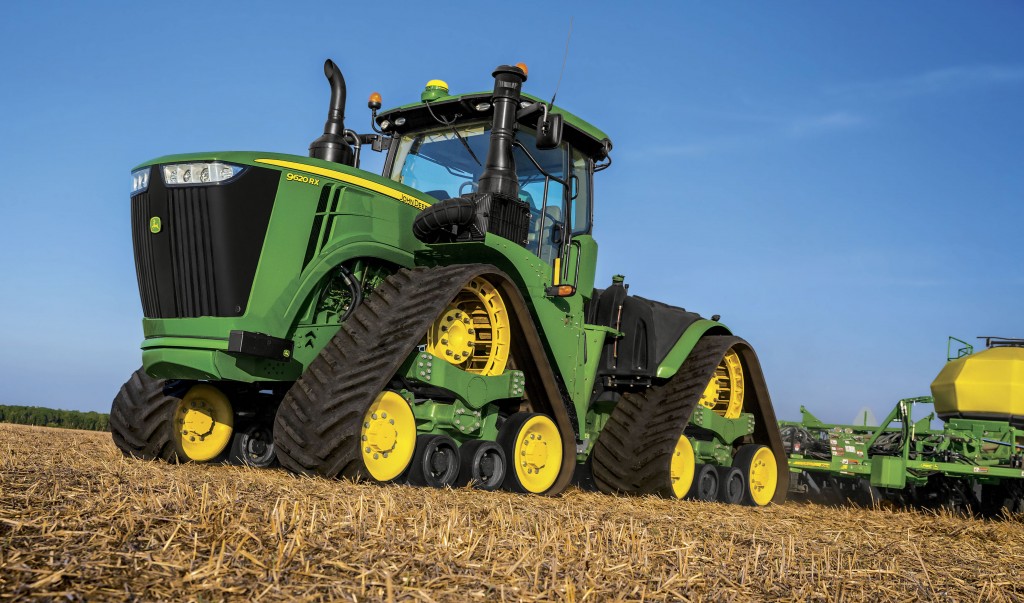Traditional Tractors Gears
Traditional tractors typically have a range of gears, usually including forward gears, reverse gears, and sometimes additional gears for specific purposes like towing heavy loads or operating at different speeds. Here's a brief overview of the typical gear setup found in traditional tractors:
- Forward Gears: Traditional tractors usually have multiple forward gears, often ranging from 4 to 12 or more, depending on the model and intended use. These gears allow the tractor to operate at different speeds, from slow speeds for tasks like plowing or tilling to higher speeds for transportation between fields
- Reverse Gears: Tractors typically have at least one or two reverse gears for backing up. This allows the operator to maneuver the tractor in tight spaces or reverse out of situations where forward movement is not possible or practical.
- High/Low Range Gears: Some tractors have a high/low range selector that effectively doubles the number of available gears. By switching between high and low ranges, the operator can further adjust the tractor's speed and power output to match the requirements of different tasks.
- Power Take-Off (PTO) Gears: Tractors often feature a power take-off shaft that transfers power from the engine to various implements, such as mowers, balers, or tillers. The PTO may have its own set of gears or be engaged independently of the main transmission.
- Creeper Gears: Some tractors may have creeper gears, which are extremely low-speed gears designed for tasks that require very slow and precise movement, such as seeding or planting.
- Transmission Types: Traditional tractors may have either manual or hydraulic transmissions. Manual transmissions require the operator to manually shift gears using a gear stick or lever, while hydraulic transmissions, also known as hydrostatic transmissions, use hydraulic fluid to control gear changes.
Overall, the specific gear setup of a traditional tractor can vary depending on the manufacturer, model, and intended use, but these are some common features found in many traditional tractor designs.
Electrical Tractors Gears
Electric tractors, being a relatively new development in the agricultural industry, have different gear mechanisms compared to traditional tractors with internal combustion engines. Here's an overview of the gear systems commonly found in electric tractors:
- Single-Speed Transmission: Many electric tractors use a single-speed transmission or direct-drive system. Since electric motors can deliver high torque across a wide range of speeds, a single-speed transmission can be sufficient for most agricultural tasks. This simplicity helps to reduce mechanical complexity and maintenance requirements.
- Variable Frequency Drive (VFD): Instead of traditional gears, electric tractors may use a variable frequency drive system. VFDs control the speed of the electric motor by adjusting the frequency of the electrical power supplied to it. This allows for smooth and precise control of the tractor's speed without the need for traditional gears.
- Regenerative Braking: Electric tractors often incorporate regenerative braking systems. When the tractor slows down or stops, the electric motor acts as a generator, converting kinetic energy back into electrical energy. This energy can then be stored in batteries or used to power other onboard systems, improving overall efficiency.
- Multiple Motors: Some electric tractors utilize multiple electric motors, each driving a different wheel or axle. This arrangement, known as independent wheel drive, can provide better traction, maneuverability, and efficiency compared to traditional single-motor designs.
- Computer Control: Electric tractors typically feature sophisticated electronic control systems to manage power delivery, optimize performance, and monitor battery usage. These systems may include programmable controllers, sensors, and software algorithms to ensure optimal operation under various conditions.
- Battery Management System (BMS): Electric tractors rely on large battery packs to store energy. A battery management system monitors the state of charge, temperature, and health of the batteries, ensuring safe and efficient operation while maximizing battery lifespan.
- Remote Monitoring and Telemetry: Many electric tractors are equipped with remote monitoring and telemetry systems. These systems allow operators to track the tractor's performance, monitor battery status, and receive alerts or diagnostic information remotely via computer or smartphone apps.
Overall, electric tractors offer several advantages over their traditional counterparts, including reduced emissions, lower operating costs, and quieter operation. Their gear mechanisms and drivetrains are optimized for electric power, providing efficient and reliable performance in agricultural applications.
Harvester Gears
Harvesters, which are specialized agricultural machines used for harvesting crops such as grains, fruits, and vegetables, have their own unique gear systems designed to facilitate efficient harvesting operations. While the specific gear configurations can vary depending on the type and model of the harvester, as well as the type of crop being harvested, here are some common features found in harvester gears:
- Header Drive Gears: Harvesters are equipped with cutting mechanisms called headers, which are responsible for cutting and gathering the crops. These headers are usually powered by hydraulic or mechanical drives, with gears used to transfer power from the engine to the header. Gearboxes may be employed to adjust the speed and torque of the header drive to match the crop conditions and harvesting speed.
- Reel and Auger Gears: Many harvesters feature reels or augers that help guide the crops into the cutting mechanism and then transport them to the threshing or processing mechanisms. Gears are often used to drive these components, ensuring smooth and reliable operation.
- Threshing and Separation Gears: Inside the harvester, crops are threshed to separate the grains or seeds from the rest of the plant material. Threshing mechanisms typically involve rotating cylinders or concaves equipped with teeth or bars. Gears are used to drive these components, adjusting the speed and intensity of threshing as needed for different crop varieties and conditions.
- Conveyor and Elevator Gears: Harvesters often include conveyor belts or elevators to transport harvested crops from the threshing mechanisms to the collection bins or storage tanks. Gears are employed to drive these conveyance systems, ensuring efficient movement of the harvested material through the harvester.
- Variable Speed Gears: Some modern harvesters are equipped with variable speed drives that allow operators to adjust the speed of various components on the fly. This flexibility enables operators to optimize harvesting performance and efficiency based on crop conditions and harvesting objectives.
- Hydraulic Systems: Many harvester gears are actuated by hydraulic systems, which provide the necessary power and control for operating various components such as headers, reels, and threshing mechanisms. Hydraulic pumps, motors, and cylinders work in conjunction with gears to deliver precise and responsive operation.
- Computerized Controls: Modern harvesters often feature advanced computerized control systems that monitor and regulate gear operation, optimizing performance, efficiency, and crop quality. These systems may include sensors, actuators, and onboard computers that automatically adjust gear settings based on real-time data and operator input.
Overall, the gear systems in harvesters play a crucial role in facilitating efficient and effective harvesting operations, ensuring that crops are harvested quickly, cleanly, and with minimal loss or damage.
Cultivator Gears
Cultivators are agricultural implements used for soil preparation and weed control in crop farming. While cultivators typically do not have complex gear systems like tractors or harvesters, they may still incorporate gears for specific functions or adjustments. Here are some common gear-related components found in cultivators:
- Depth Adjustment Gears: Many cultivators feature mechanisms for adjusting the depth at which the cultivator shanks or tines penetrate the soil. These depth adjustment mechanisms may include gears that allow operators to raise or lower the cultivator to achieve the desired working depth. Gears can provide precise control over depth settings, ensuring uniform cultivation across the field.
- Row Spacing Adjustment Gears: In row crop cultivation, it's essential to adjust the spacing between the cultivator shanks to match the spacing of the crop rows. Some cultivators feature gears or gearboxes that allow operators to adjust the spacing between individual shanks, ensuring optimal weed control and soil cultivation between crop rows.
- Transport Position Gears: Cultivators often have folding or collapsible frames that allow for easy transport between fields or storage. Gears may be incorporated into the folding mechanism to facilitate quick and secure folding and unfolding of the cultivator for transport or storage.
- Drive Mechanisms for Rotating Components: Certain types of cultivators, such as rotary tillers or power-driven cultivators, may feature rotating components such as tines, blades, or wheels. Gears or gearboxes are used to transmit power from the tractor's power take-off (PTO) shaft to these rotating components, ensuring efficient soil cultivation and weed control.
- Attachment Adjustment Gears: Cultivators often support various attachments or implements, such as sweeps, shovels, or harrows, which can be adjusted to suit different soil conditions or cultivation tasks. Gears may be employed to adjust the angle, depth, or spacing of these attachments, allowing operators to customize the cultivator for specific applications.
- Safety Clutches or Overload Protection: Some cultivators incorporate safety clutches or overload protection mechanisms to prevent damage to gears or other components in the event of obstructions or excessive loads. These features help protect the cultivator from damage and reduce the risk of costly repairs.
While cultivators may not have as many gears or gear-related components as larger agricultural machinery, they still rely on gears for critical functions such as depth adjustment, row spacing, and power transmission to rotating components. These gear systems contribute to efficient and effective soil cultivation and weed control in crop farming operations.









